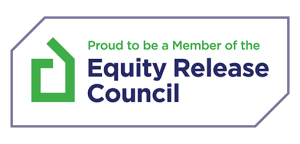Since 2012, millions of people have enrolled into a workplace pension, but they have little idea of how their investment pot will grow and are guided by projections according to rules set by the Financial Conduct Authority (FCA). These projections should represent a realistic estimate of how the pot is likely to grow, taking into account the mix of assets in which the pension fund is invested. However, the last few reviews by the FCA have shown steadily declining real returns. Lane Clark & Peacock (LCP) and Interactive Investor have published a report entitled: “Is 12% the new 8%?”. The report looks at what these falling future returns mean for pension investors and makes a series of recommendations for individual investors, employers and policymakers, to urgently address the looming shortfall that could occur if declining growth rate forecasts turn out to be accurate.
Key points include:
- Falling long-range forecasts for real returns on the money invested in pension funds mean workers must contribute half as much again to their pension to get the same predicted amount out, compared to a decade ago,
- A typical worker on average pay, who puts 8% in their pension from age 22, would receive a pot forecast of £85,000 based on growth assumptions in 2017; for a 22-year old who started work ten years earlier in 2007, the forecast retirement pot would have been £131,000 – £46,000 higher,
- Savers planning to contribute 8% into a pension a decade ago would now need to contribute 12% to achieve the same target pension pot taking account of potentially ‘lower for longer’ returns, and
- Inconsistencies in projections quoted on pension statements can lead to confusion and difficulties making financial plans. The impact of inflation and charges further muddles the picture.
It is evident that the current system of projecting pension benefits has its limitations, but we have an alternative approach for you. Cash flow modelling allows us to plan around what you would like your retirement to look like in terms of income and benefits, and from when. We can then work backwards to the contributions that are required today to enable you to get there. Clearly, assumptions are still made on future returns but they do not need to be based upon potentially out of date guidance and can be personalised to you. Most importantly, once a plan is implemented, we can review your position regularly to ensure your goals stay on track.
Take control of your retirement today and contact us for a free consultation to discuss your plans and aspirations. We’d love to hear from you!




Leave A Comment